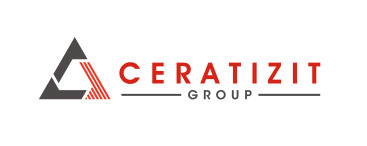The electric vehicle, however, is in no way an invention of the 20th or 21st century. Its history began long ago sometime between 1832 and 1839. At that time Scottish inventor Robert Anderson developed the first electric vehicle in Aberdeen. In 1888 in Coburg, the ‘Flocken Elektrowagen’, a four-wheeled electric car, was built, which most likely can be considered the first electrically driven passenger vehicle in history. At the beginning of automotive history—after steam-powered vehicles, but before internal combustion engine vehicles—electric vehicles were technically superior to their competitors in several respects. Nevertheless, they disappeared from the streets around 1910 due to the rapid development of the internal combustion engine and formed a niche market for nearly a century.
It wasn’t until the 1990s that research increasingly became interested again in new battery technologies and electric drives. The reasons were obvious: rising air pollution in urban centres, oil supply problems and the need to curb climate change. And so, in 1997, Toyota Prius was the first large series model with a hybrid drive and thus a successful pioneer in paving the way for further developments.
When American manufacturer Tesla entered the market, the trend really started to pick up speed: in the 2000s, established manufacturers developed a taste for electric vehicles and started to reposition themselves on the market with small series, prototypes, as well as widely available models. Variety grew as did the need for processes suitable for mass production including the necessary tools and materials. Being a keen observer of market trends and a close partner of the key industries, CERATIZIT was able to offer fully-fledged solutions already at that time.





